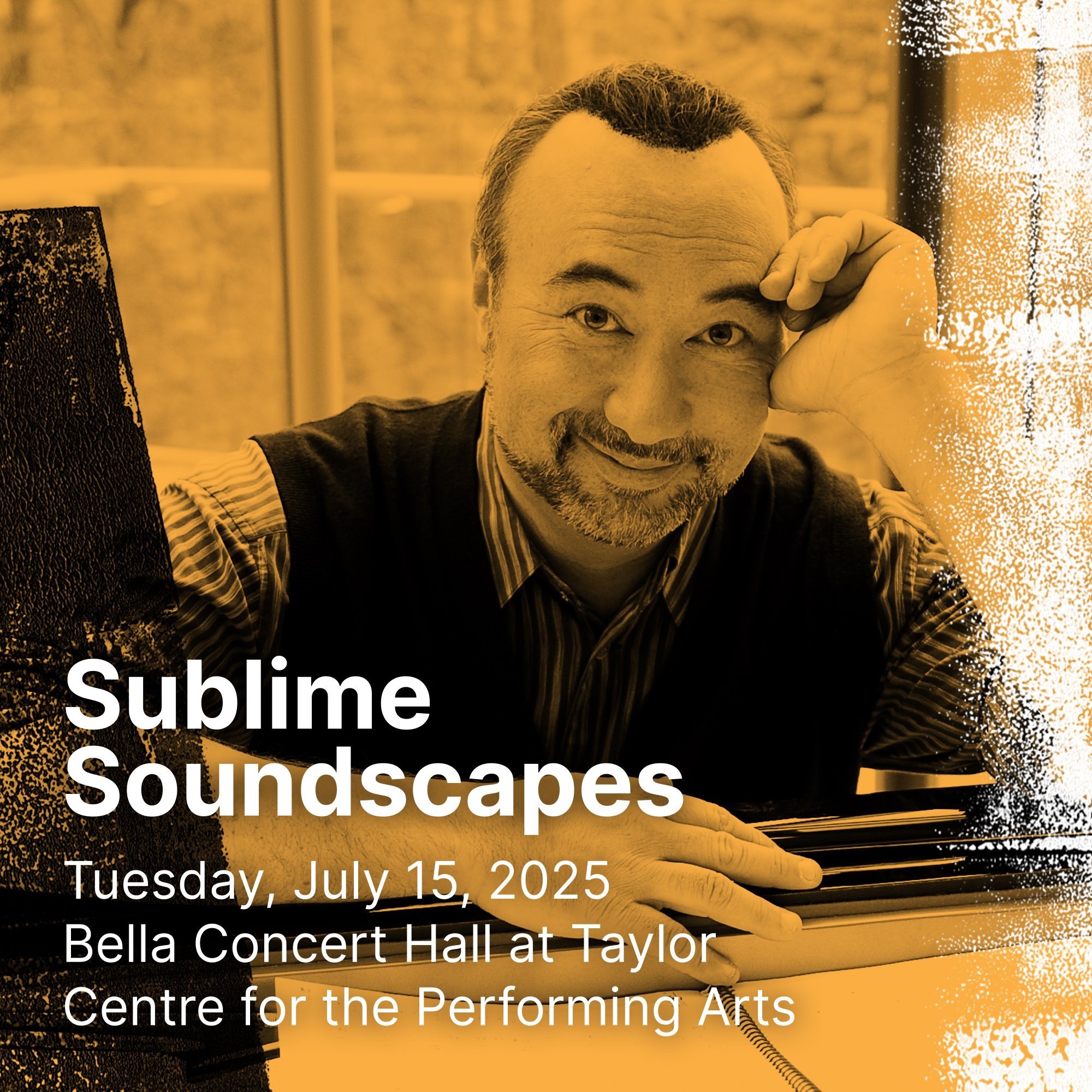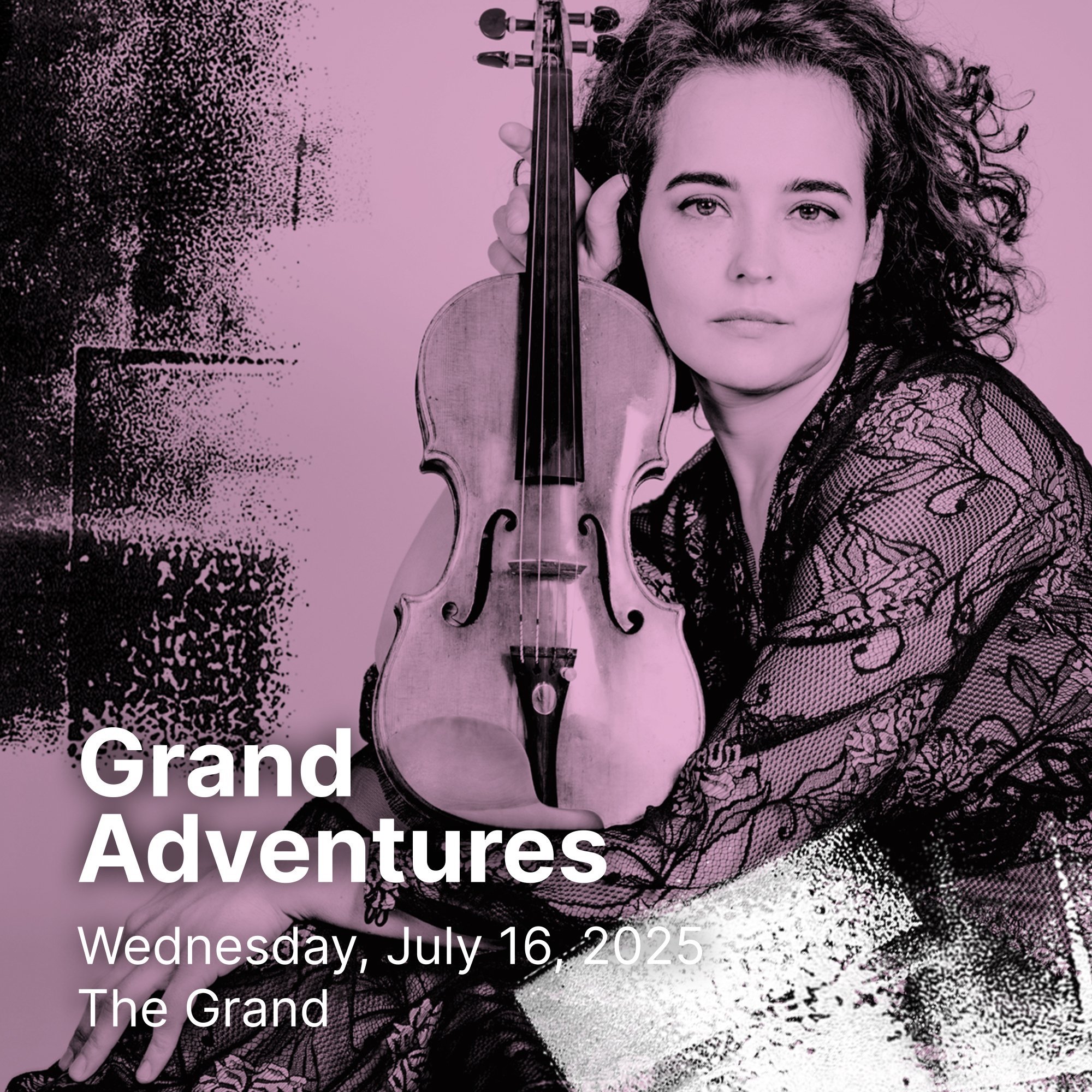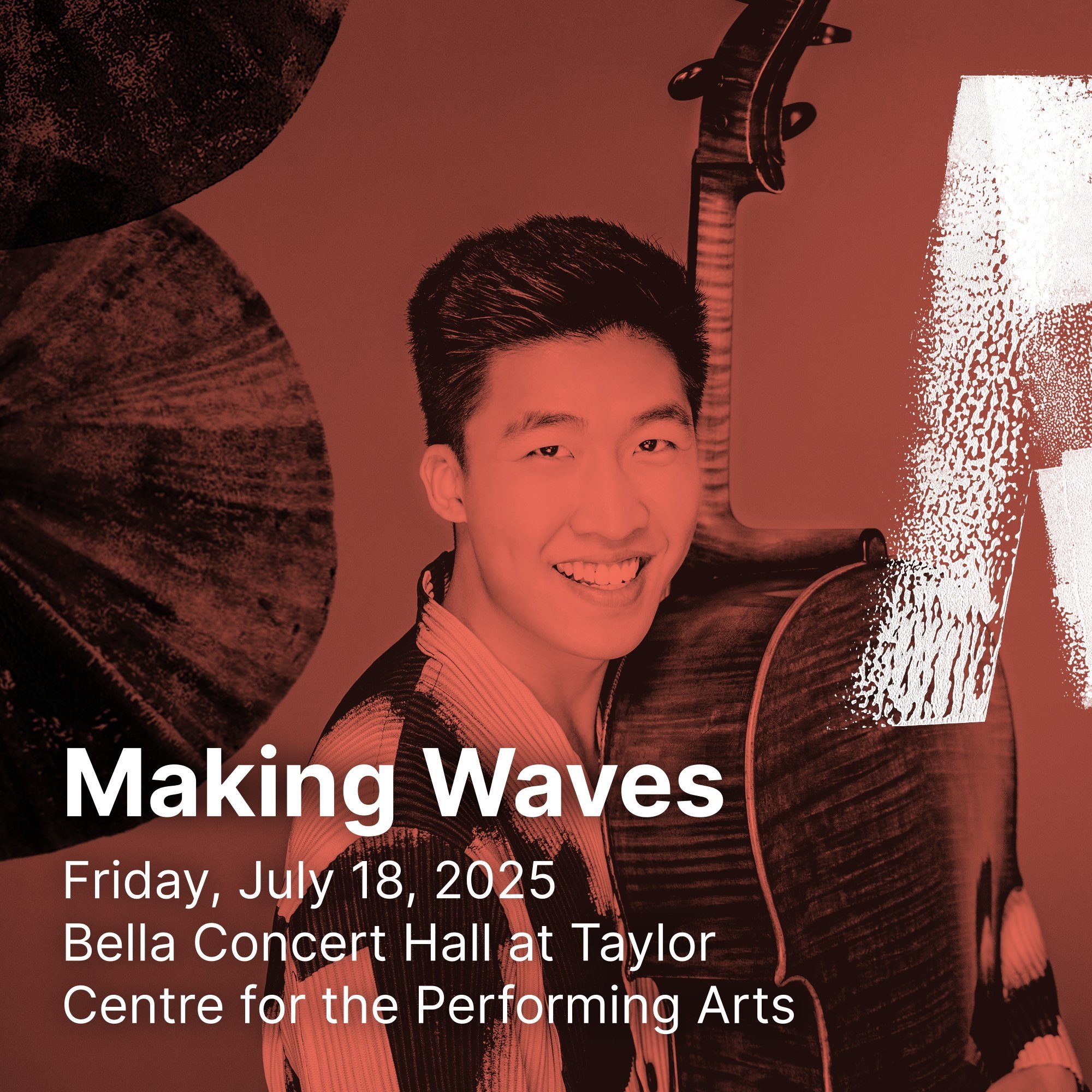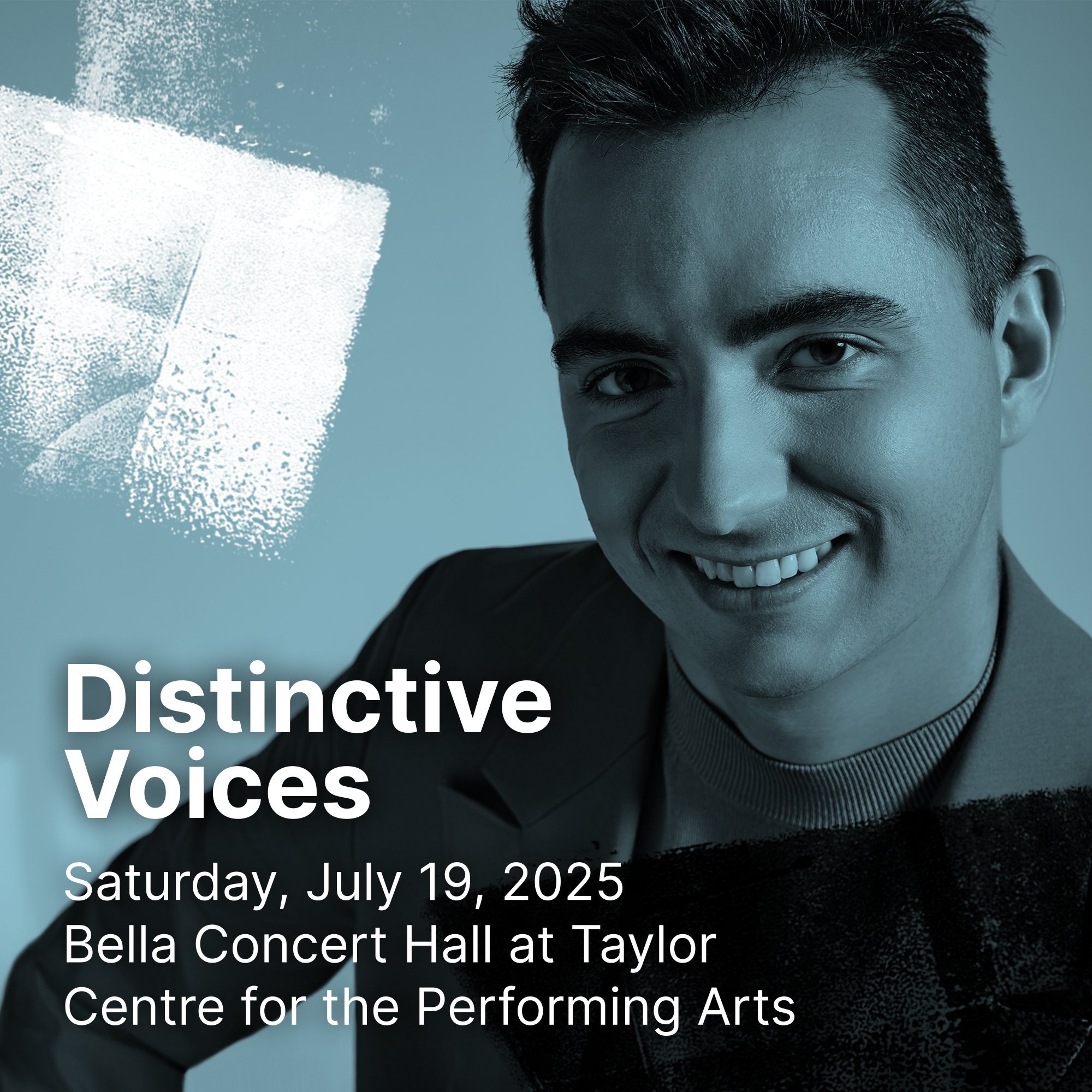
2025 Festival Concerts

COMMUNITY CONCERT
Join us on the front lawn at cSpace for a free concert showcasing some of our amazing festival musicians. Bring a blanket or chair, relax in the setting sun, and savour some sublime music.
Group, TBD
Piano Violin Duo
Ludwig van Beethoven: Scottish Songs

SUBLIME SOUNDSCAPES
This captivating opening night program features Bach’s Brandenburg Concerto #6, a unique masterpiece with its rich burnished tones of lower strings. Incredibly, this manuscript lay forgotten and unplayed for over 150 years. Next, two songs by Brahms combine the heartfelt lyricism of the human voice with the Bella’s beautiful acoustics. Finally, bask in the glow of Schubert’s incredibly powerful Cello Quintet, the last work he ever wrote, with its endless flow of sublime melodies and wondrous melting beauty.

GRAND ADVENTURES
Get ready for a grand tour, crossing borders from classical to contemporary! Seventy-five minutes, no intermission, one unforgettable musical adventure after another.* We open with a recently rediscovered waltz by Chopin, followed by sensual waltzes infused with Poulenc’s distinctive “je ne sais quoi”. Tchaikovsky’s playful Valse-Scherzo leads us to Schafer’s Waves, rendering the movement of the ocean in music to create a gorgeously theatrical marine soundscape. Chin’s Allegro ma non troppo takes us on a mesmerizing sensual exploration of sound and silence, light and dark, movement and stillness. Last stop, Hallelujah Junction, where “the ghost of Conlon Nancarrow goes head to head with a Nevada cathouse pianola.” Not sure what that means? No worries, just sit back and enjoy the ride!
*Recommended for intrepid concert goers, willing to step outside their comfort zones.
Frédéric Chopin A Lost Waltz in A Minor
Francis Poulenc Various Waltzes from L'invitation au Château
Peter Ilyich Tchaikovsky Valse-Scherzo, Op.34
R. Murray Schafer String Quartet No. 2 (Waves)
Unsuk Chin Allegro ma non troppo
John Adams Hallelujah Junction

SIGNS AND SOUVENIRS
Emotion and artistry intertwine throughout this captivating evening. Chausson’s last completed work, Chanson perpétuelle, enchants with its heartbreaking beauty. Then a set of playful, thought-provoking miniatures by Kurtag captures the spontaneous spirit of experimentation. Bach’s Sonatina adds a luminous serenity, leading into Schubert’s Notturno, a sublime meditation from his extraordinary final year. Saint-Saens’ Piano Quintet sends us home with youthful spirit, dramatic interludes, and energetic verve.
Ernest Chausson Chanson perpétuelle, Op. 37
György Kurtág Selections from “Signs, Games and Messages” and “Játékok”
Johann Sebastian Bach Sonatina from Cantata, No. 106
Franz Schubert Notturno
Camille Saint-Saens Piano Quintet in A minor, Op. 14

MAKING WAVES
A recently discovered work by a teenaged Mozart may be “ganz kleine” (very little) but is in no way insubstantial. Contours of Absence is an exhilarating string octet composed by a “riotously inventive” (New Yorker) Canadian sound artist. Polish composer Lutoslawski’s Variations on a Theme by Paganini is part humorous parody and part spectacular display of virtuosity worthy of a nightclub audience. Finally, Mendelssohn’s Piano Trio is one of his most popular works: fluid, balanced, and elegantly constructed, and a perfect illustration of why Schumann called Mendelssohn “the Mozart of the 19th century.”
Wolfgang Amadeus Mozart Ganz Kleine Nachtmusik K. 648
Zosha di Castri The Contours of Absence
Witold Lutoslawski Variations on a Theme by Paganini
Felix Mendelssohn Piano Trio No. 1 in D minor, Op.49

RISE AND SHINE
Rise and shine to experience the sensational talent of two up-and-coming chamber music superstars! Leland Ko, First Prize winner of the prestigious 2024 Naumburg International Cello Competition, offers one of Bach’s most famous and beloved works for solo cello alongside a contemporary take on Chinese folk songs. Hailed by CBC Music as one of the “Top 30 Hot Canadian Classical Musicians Under 30”, Jacques Forestier then takes center stage with two works of breathtaking virtuosity. The two then join forces for Kodály’s Duo for Violin and Cello, an electrifying adventure in Hungarian folk music filled with Magyar-style dances and intensely heartfelt lyricism.
Johann Sebastian Bach Cello Suite No. 1 in G Major, Prelude
Bright Sheng Seven Tunes Heard in China
Eugène Ysaye Sonata No. 5, Op. 27
Heinrich Wilhelm Ernst Grand Caprice on Schubert’s “Der Erlkönig,” D. 328
Zoltán Kodály Duo for Violin and Cello Op. 7

DISTINCTIVE VOICES
Beethoven’s Scottish Songs are ingenious arrangements, strikingly beautiful, straddling a rustic tone and Classical aesthetic. In Thunder, Eötvös somehow manages to create soaring vocal lines using just a single timpani. Lera Auerbach’s Trio is skillfully crafted and powerfully affecting, evoking both Bach and Shostakovich with its colouristic effects. To bring the season to a festive close, Dvořák’s romantic Quintet radiates grace and warmth, dramatically alternating moods (a trait Dvořák absorbed from Czech folk music) before blossoming into a final burst of spontaneous celebration.
Ludwig Van Beethoven Scottish Songs
Peter Eötvös Thunder for Timpani
Lera Auerbach Trio No. 1
Antonin Dvorak Piano Quintet No. 2 in A major Op. 81, B. 155
